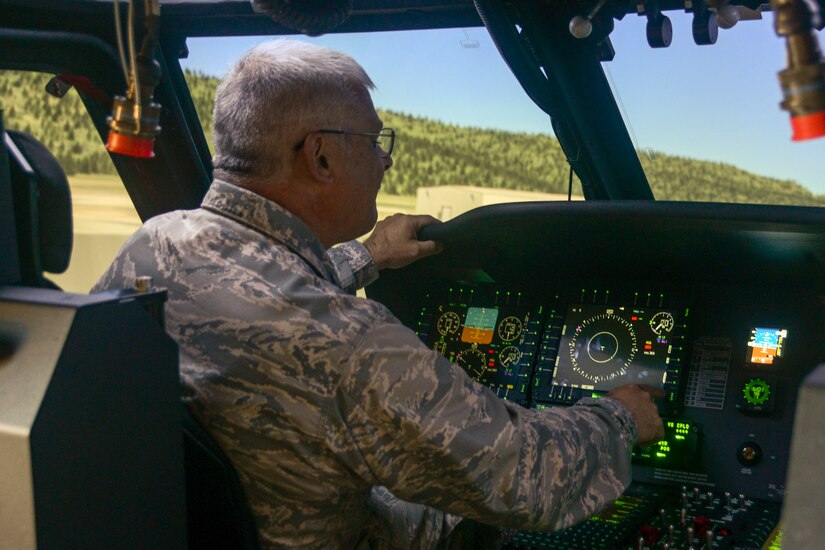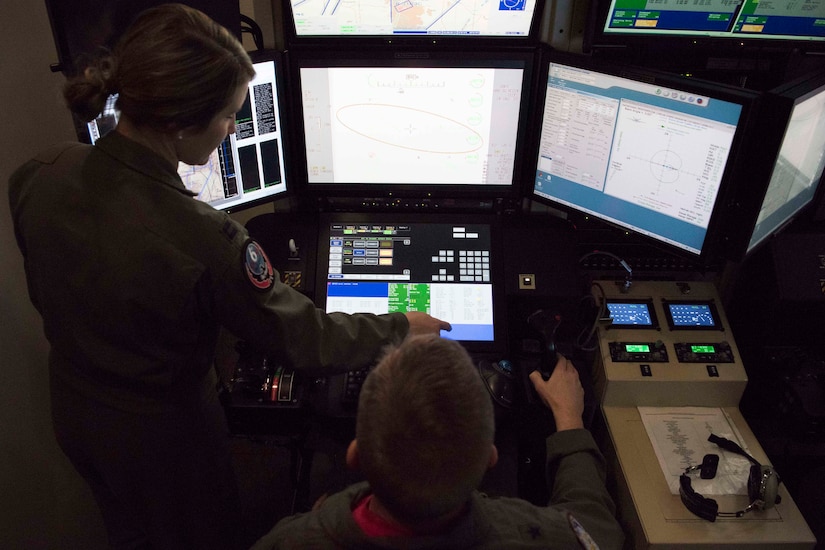Nov. 30, 2020 | , DOD News
The acquisition and sustainment community recently rewrote the Defense Department's 5000-series acquisition regulations. America's modeling and simulation community will be able to help the department achieve some of the goals it hoped to reach with the rewrite, the deputy undersecretary of defense for acquisition and sustainment said.

"The same technologies ... you investigate at I/ITSEC are the ones that will allow us to move to an agile and adaptive acquisition framework and be much more agile," Alan R. Shaffer said today during a presentation to the National Defense Industrial Association's virtual Interservice/Industry Training, Simulation and Education Conference.
Digital engineering, digitization, modular open systems architecture and model composability are all key within the I/ITSEC community, Shaffer said.
"They're also the bedrock for an agile acquisition framework and will provide us the tools we need to cut development time," he said.
Modeling and simulation, Shaffer said, can be an integral part of speeding delivery of the tools the U.S. military needs to be competitive.

"We should be able to do a much better job in assessing to be fit for purpose by use of simulation and the performance of red versus blue systems and simulators to really understand how what we are going to buy in the Department of Defense will operate in a real world," Shaffer said.
Digital engineering, digital twins and systems engineering, Shaffer said, can provide greater capability to U.S. forces, reduce acquisition cycle times, reduce costs and schedules for testing, and bring about a reduced cost for sustainment of systems after they are delivered.
"This cumulative effect of capabilities is what I/ITSEC is all about," he said.
Shaffer industry attendees of the virtual conference to think about the convergence of technologies that allow tools to be used for both operational assessment as well as testing and training.

"Think about software that will allow us to support acquisition development, training of troops, and test, all simultaneously — I think it's within our grasp," he said.
The department also needs help from the modeling and simulation industry to accelerate acquisition and fielding timelines and to provide more depth in its analytic understanding necessary for decision making, Shaffer said.






No comments:
Post a Comment